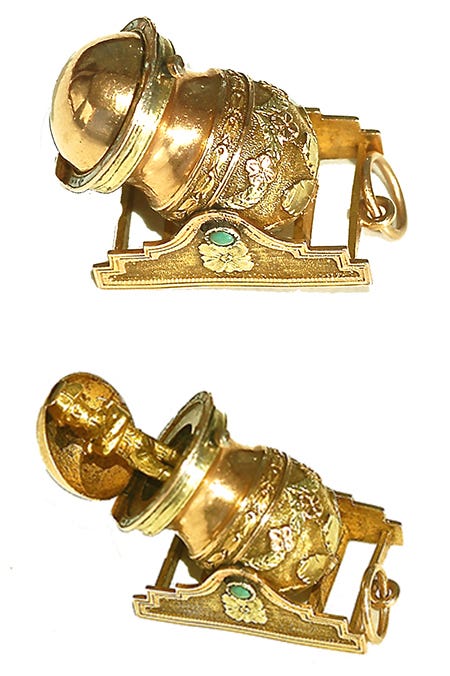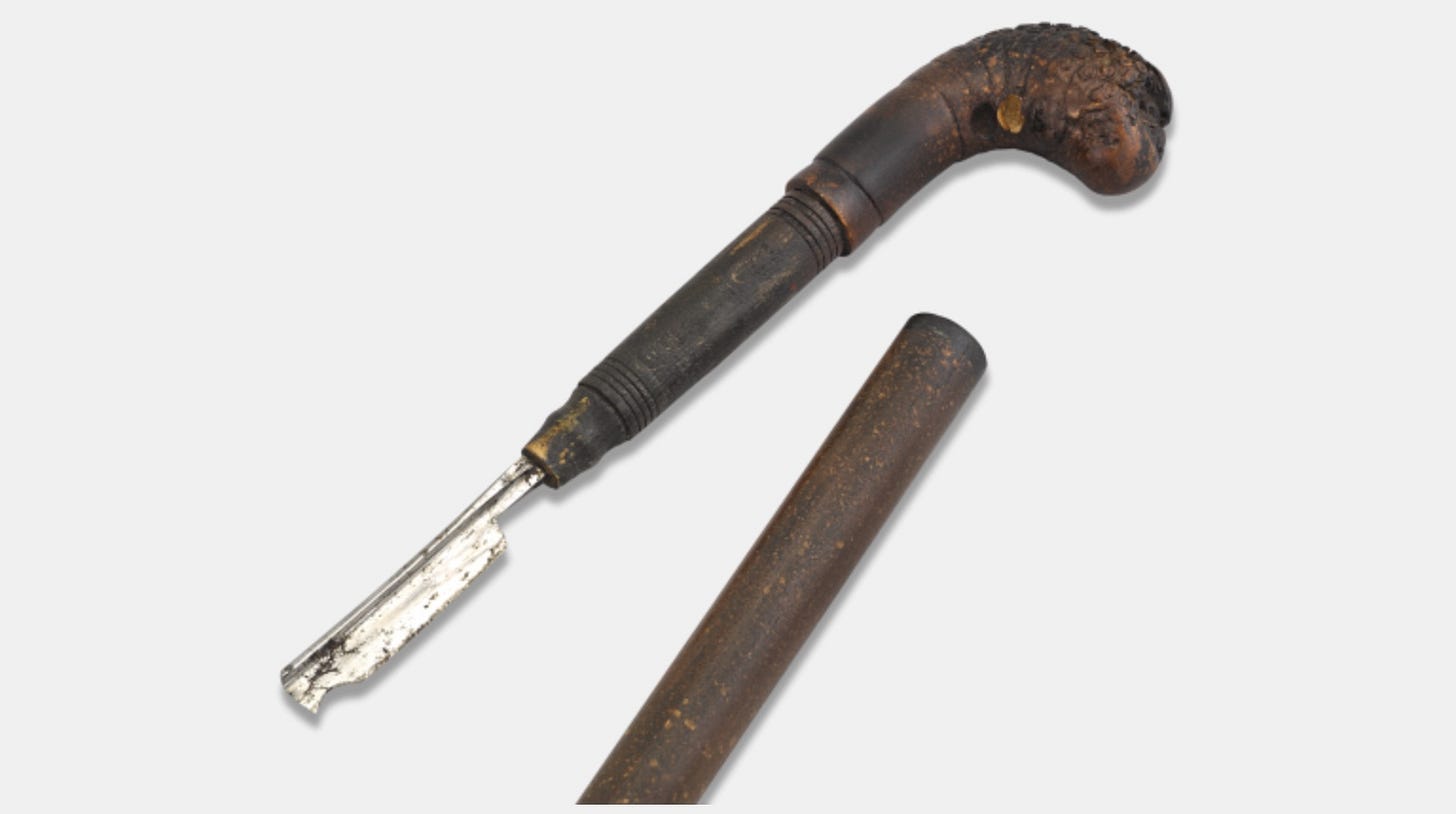
In 1871, when he was 30 years old, the Prince of Wales (a.k.a. Albert Edward, Bertie, and eventually King Edward VII), came down with typhoid fever while staying at an estate in North Yorkshire. Edward’s father Albert had died of typhoid only 10 years earlier, so naturally this news caused massive concern in London both to his mother, Queen Victoria, as well as to the English people. But happily good news prevailed, and Edward survived.
A relieved nation celebrated his recovery with a Thanksgiving Service in London’s St. Paul’s Cathedral in February 1872. Before the service, carriages brought Victoria, Edward and members of their party to Temple Bar, where they were received by the Lord Mayor of London and a collection of other city dignitaries who then escorted the royals to St. Paul’s. It was quite the event, judging by this account of the day featured in the March 16, 1872 edition of the Illustrated London News. It may have also included a bit of comic relief, if this description of the dignitaries is anything to go by:
“They had mounted the troop-horses, brought for them by soldiers of the Royal Artillery, in the square of the Inner Temple. Wearing, as they did, their robes of office, the performance of getting on horseback was not quite easy to some of them; but the Lord Mayor, who was attired in his grand robe of state of violet-coloured velvet with deep ermine tippet, and wore his furred three-cornered hat, bestrode his steed with becoming dignity, and like a skillful horseman.”
The rare 18k gold and enamel locket above commemorates the event. Made by E. and S. Watson, it bears the arms of the City of London and features the words “Royal Reception Committee” on the front, with the date and “Thanksgiving Day” engraved on the back. 19th century images of Queen Victoria and the Prince of Wales appear inside.
Various commemorative medals were also created to celebrate the day, including this one, designed by J.S. and A.B. Wyon. In it, figures representing Britannia and the City of London invite the Queen and Prince of Wales to enter St. Paul’s. The reverse shows the interior of the cathedral, flanked by the words “For the recovery of HRH The Prince of Wales,” and the date.

Yes, that IS Napoleon being shot out of tiny golden cannon. Circa 1820, this tiny (under an inch), exquisite little pendant is crafted from three colors of gold with turquoise details that, when pressed, propel a miniature figure of Napoleon from the cannon. It was created during the Bourbon Restoration of France, when tensions were still simmering in France and monarchists were trying to reverse the changes brought on by Napoleon and the French Revolution.

These delightful Sneetch-like creatures are actually 19th century Indian rose water sprinklers, made of silver in the form of storks. According to the Harvard Art Museums:
“Rosewater was traditionally sprinkled on guests in India because it has cooling and refreshing properties. The tradition of using rosewater came to Mughal India from Iran, where, in the festival of Ab Pashan, rosewater was sprinkled to invoke the memory of rainfall, which would put an end to famine. The custom was gradually incorporated into the Rajput court, where it was used in both ceremonial as well as religious festivals. It is now used in India to welcome arriving guests.”

This exquisite set of hair pins features two spheres of pierced and chased gold, with multicolored enamel accents. They’re by Lucien Falize, who I just realized I already talked about a few newsletters ago, dur. I guess I have a type, and that type is Lucien Falize. *heart eyes* But come on, these things are gorgeous.

19th century canes and walking sticks were often amazingly specialized — there was one available for almost every conceivable purpose, with tools concealed in the shaft or handle that could assist with one’s work, perform a task, or even store one’s saké and chopsticks. There were canes for doctors, sailors, bird catchers, jewelers, magicians; canes that could hold your newspaper, transform into a clothesline, tune your piano or measure your horse. There were even gross, supposedly “erotic” ones that would squirt water in your hand.
Some of them could also MESS. PEOPLE. UP. Gun canes and sword canes were common, but there were even blow dart canes and also particularly evil ones — with names like the “Terrible,” “La Diabolique,” or “La Redoutable” — that released razor blades or tiny metal barbs from their wooden shafts that were designed to slice an assailant’s hands to ribbons if they tried to grab it. And the above cane, known as the “Bad Boy,” conceals an extremely nasty straight razor.
There really is an incredible range of examples out there, so if you would like to see more, I recommend you have a root through the full M.S. Rau catalog here, and also look through this extensive collection that was sold at auction in 2015.
That’s it for now. Have a good week, everybody! xxx
Thanks for reading, and if you haven’t already subscribed, sign up here!



